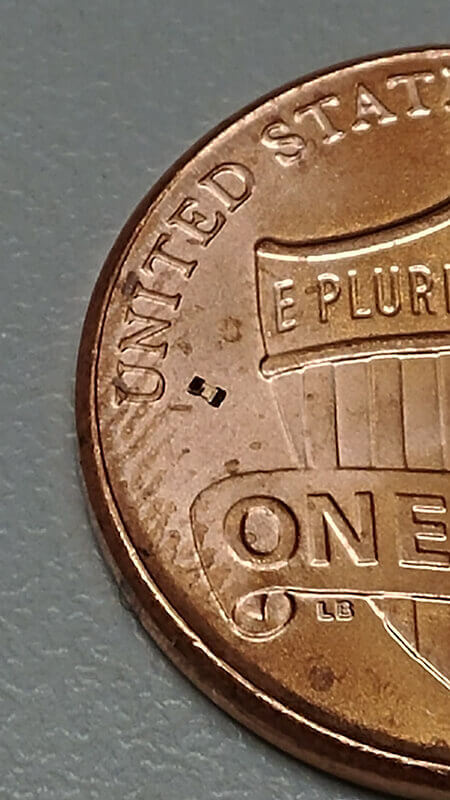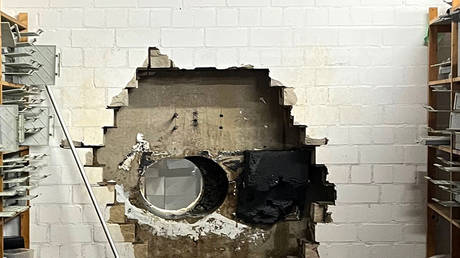
In a breakthrough that could help revolutionize medicine, scientists have successfully piloted a tiny, tumbling microbot inside an animal colon for the first time ever.
The miniature machine is only the size of a few human hairs, but it promises to have a massive impact, as it could be used for a raft of medical purposes, including drug delivery and monitoring.
The machine is so small that it can’t even carry a battery, and instead is powered and wirelessly controlled from the outside thanks to the magic of magnetic fields.
The rectangular robot had already proven that it could successfully navigate on dry and wet surfaces, as well as up and down inclines. Its peculiar flipping action was specifically designed to tackle the unpredictable terrain inside an animal’s colon.
“When we apply a rotating external magnetic field to these robots, they rotate just like a car tyre would to go over rough terrain,” explained mechanical engineer David Cappelleri, from Purdue University. “The magnetic field also safely penetrates different types of mediums, which is important for using these robots in the human body.”
The study was carried out on mice who were under anesthetic. The colon was chosen because it has an, ahem, convenient entry point, and also because it’s very messy, making it the ideal testing ground for a microbot.

“Moving a robot around the colon is like using the people-walker at an airport to get to a terminal faster,” says another member of the research team, biomedical engineer Luis Solorio. “Not only is the floor moving, but also the people around you.”
“In the colon, you have all these fluids and materials that are following along the path, but the robot is moving in the opposite direction. It’s just not an easy voyage.”
Once the tiny robot had finished carrying out its task, it passed out of the body along with the rest of the colon’s waste, so there was no difficult retrieval operation.
Once declared safe for humans, these microrobots might prevent the need for minimally invasive colonoscopies by helping to collect tissue. They could also be used to deliver payloads without having to do the prep work that’s needed for traditional colonoscopies.
Think your friends would be interested? Share this story!




